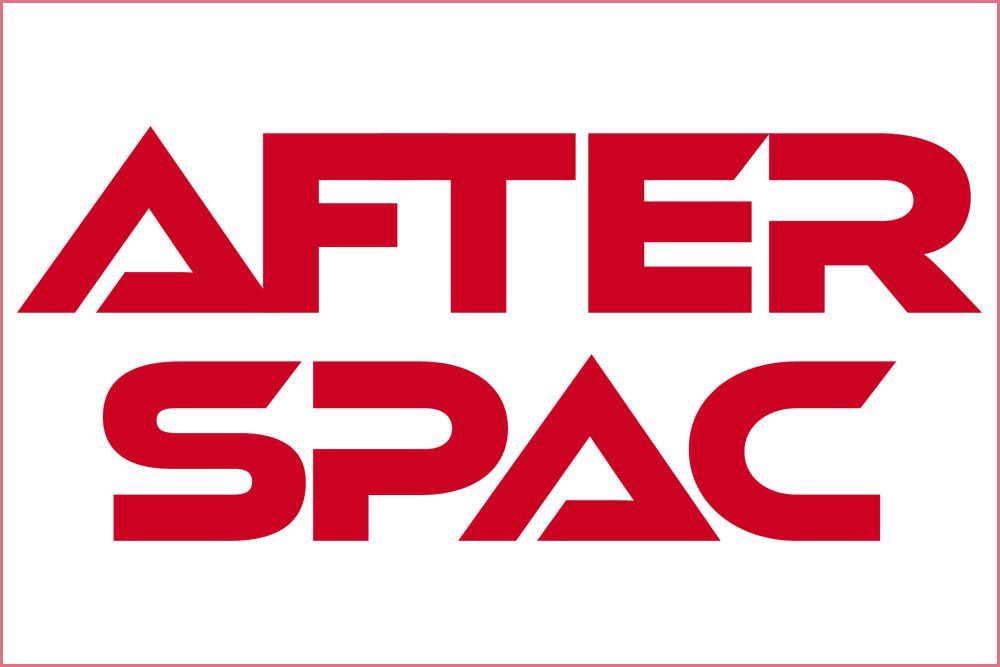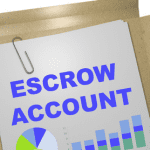SPAC, short for Special Purpose Acquisition Company, is a company form that has become increasingly popular in recent years. Essentially, a SPAC is a shell company that raises money from investors with the goal of acquiring another company within a set period of time. Once the acquisition is complete, the target company can merge with his SPAC and go public without going through a traditional initial public offering (IPO). SPACs have some advantages, but they also have some disadvantages.
Advantages:
Faster and cheaper than a traditional IPO:
A SPAC is a faster and cheaper way for a company to go public compared to a traditional IPO. This is because SPAC does not have to go through the extensive regulatory and disclosure requirements of his IPO process.
Greater flexibility:
SPACs offer more flexibility to companies considering going. For example, the terms of the merger can be negotiated, including the company’s valuation and ownership rights retained by existing shareholders.
Reduce investor risk:
Unlike traditional his IPOs, SPAC investors don’t buy shares in companies that may or may not be profitable. Instead, they invest in shell companies that have not yet made acquisitions. This means less risk for investors as they can withdraw their money if they don’t like the target.
Cons:
Lack of transparency:
SPACs are often criticized for their lack of transparency. Unlike traditional IPOs, SPACs don’t have to disclose much information about the company they’re trying to acquire. This may make it difficult for investors to assess the potential risks and rewards of investing in his SPAC.
Limited control of investors:
Once SPAC raises capital from investors, management has full control over the acquisition target. That means investors have a limited say in the company that will eventually merge with her SPAC.
Potential Conflicts of Interest:
SPAC management has an incentive to complete the acquisition within a specified timeframe, regardless of whether it is a good investment for shareholders. This may create conflicts of interest between management and investors.
Risk of underestimation:
A SPAC can be a way for a company to go public at a lower valuation than his traditional IPO. While this can be beneficial for the investor, it can also cause the stock price to be undervalued and depreciate once the merger is complete, due to the SPAC costs incurred before merger.
In summary, SPACs offer several benefits, including faster and cheaper access to the public market, greater flexibility, and less risk for investors. However, there are also some drawbacks, such as lack of transparency, limited investor control, potential conflicts of interest, and risk of being overpriced. As with any investment, it is important that investors carefully consider the potential risks and rewards of investing in SPACs before making any decision.







